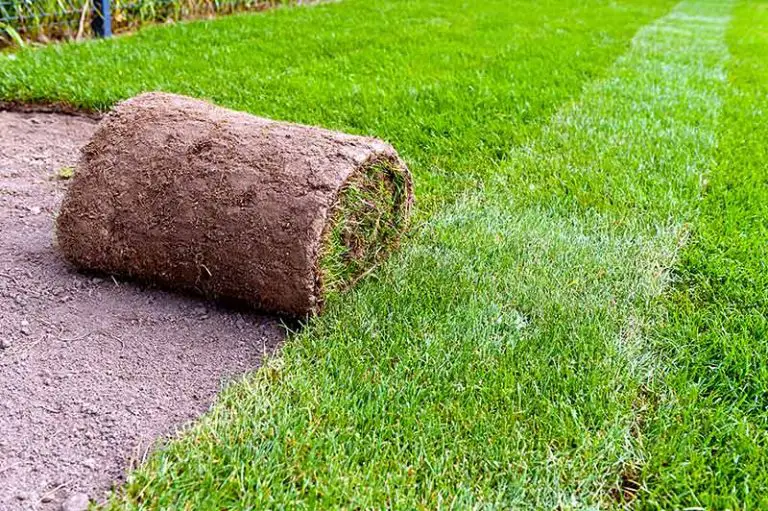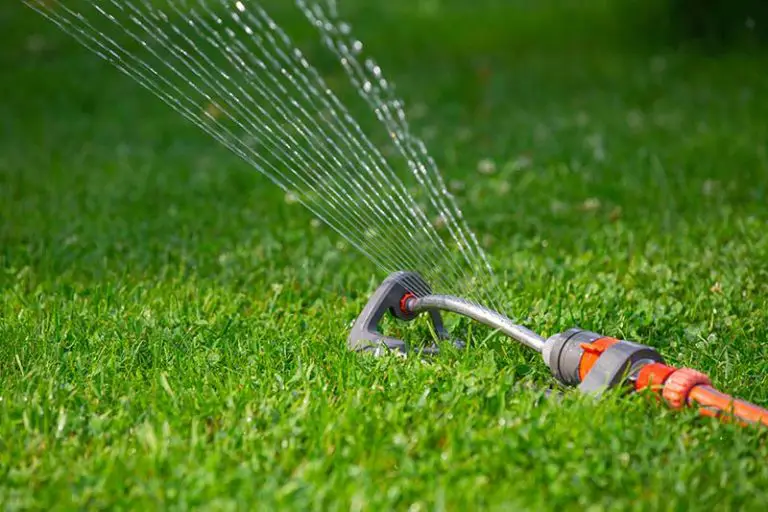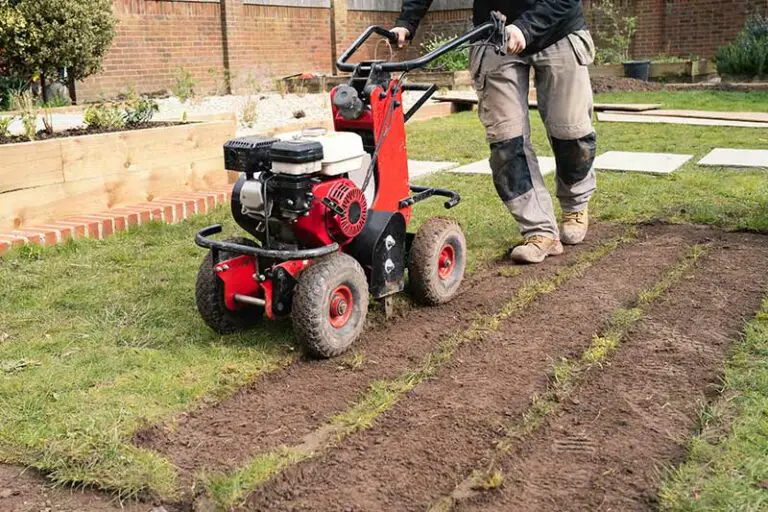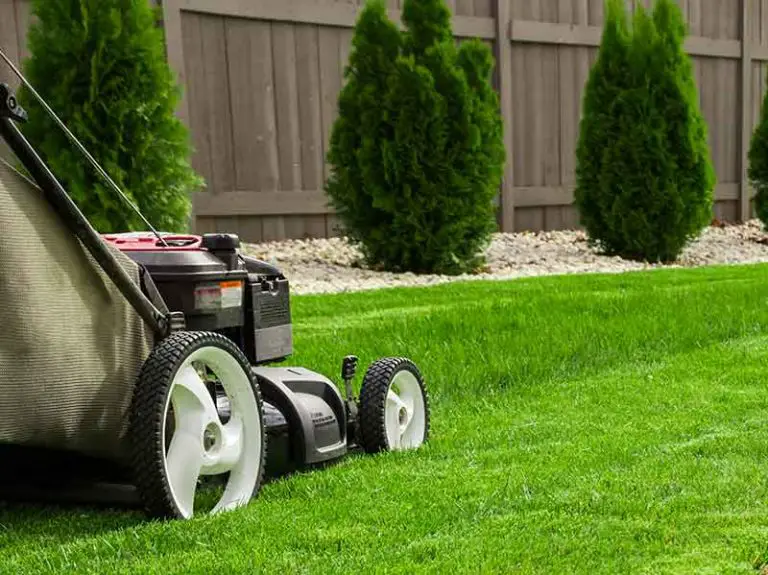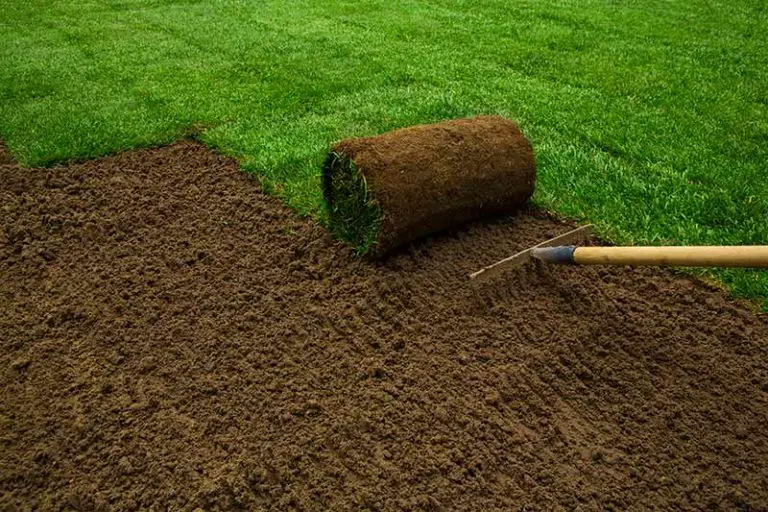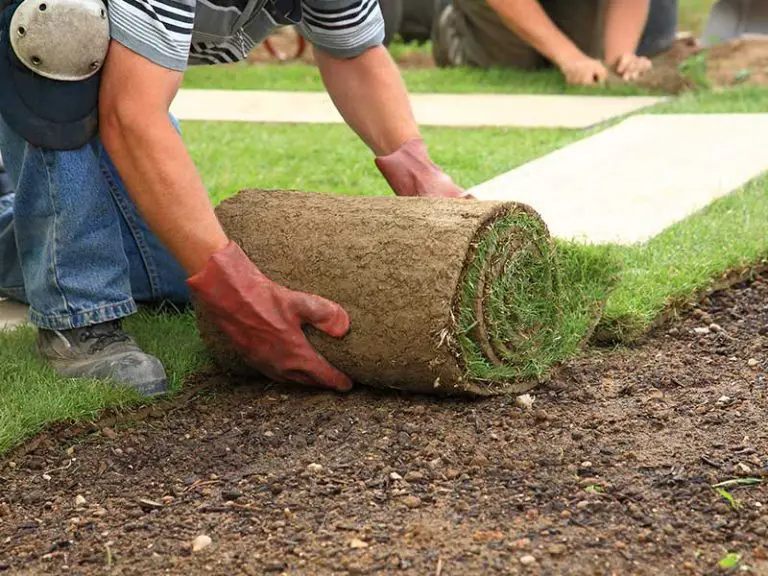How Long Does It Take For Sod Lines To Disappear?
You’ve finally decided to win the patchy brown war in your backyard by installing an “instant lawn.” Thick, lush sod strips generally provide immediate satisfaction through the appearance of a finished lawn, but how long will it take for sod lines to disappear?
Generally, it will take between four and six weeks for sod likes to disappear. Initially, the roots will develop and strengthen before the visible seams start to disappear. However, if you install the sod rolls by following the correct techniques, the sod lines can disappear within four weeks.
Once the sod roots establish and the panel lines disappear, you’ll have an aesthetically pleasing backyard. Luckily, we’ll discuss a few tips on how to ensure sod lines disappear on your fresh lawn.
How Long Does It Take For Sod Panel Lines To Disappear?
Roll-on turf generally establishes at around six weeks if you supply the right conditions to encourage sufficient root growth. Similarly, it can take approximately four to six weeks for the lines between new sods to completely disappear.
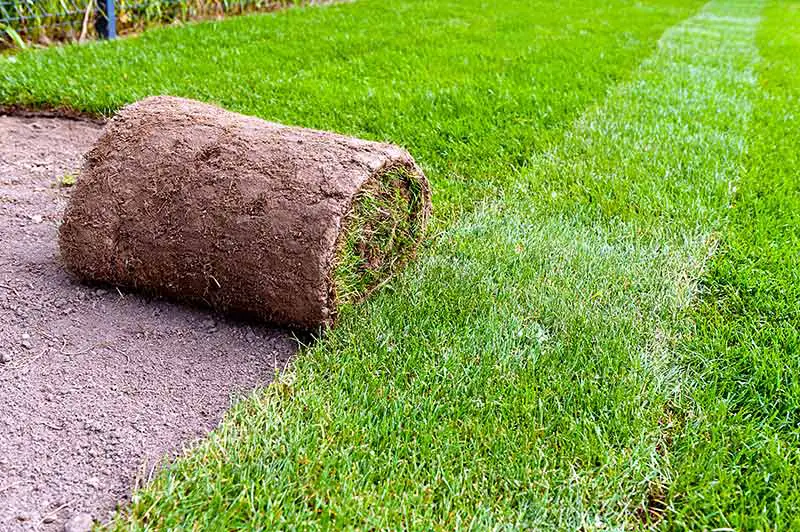
You’ll generally experience visible seams while the roots establish and the grass starts growing. The pieces of lawn may shrink initially from moisture loss, but with proper initial soaking and frequent watering, nature will take its course, and the issue will quickly fix itself.
Anyway, let’s look at properly installing sod to ensure minimal gaps, overlapping, or curled edges. If you follow the correct techniques, you might even be able to shorten the wait to four weeks for your sod lines to disappear.
How To Install New Sod?
By following the appropriate steps to installing new sod, you’ll have a beautiful lush lawn without the nuisance of unappealing sod lines. We have provided a more thorough step-by-step guide in our article How to Lay Sod, but you can refer to the basic guidance below on how to correctly lay sod.
Prepare The Ground Before Laying Sod
Starting a lawn by laying sod is pretty similar to growing grass from seed. The two processes share identical ways to prepare the soil, the best time to start the project, and the necessary supplies.
Here are a few helpful tips to prepare soil for laying sod:
- Whether fixing a patchy lawn or laying sod on a new backyard’s lawn, start with bare soil. So, ensure you remove the grass by digging it out, smothering it, or removing it with a sod cutter.
- Next, test the soil’s pH and amend it if needed, aim for a reading between 6.0 and 7.5. You can efficiently conduct a soil test at home by purchasing a DIY kit.
- Then, till the soil to about two to three inches deep to loosen the ground and allow aeration.
- To fertilize the new sod, you’ll want to apply a starter fertilizer (preferably high in phosphorus) to the soil and properly work it into the ground; consider using a rototiller.
- Next, level your yard, filling in any low-level areas to prevent water from pooling in some areas and drying out in others. If you plan to add topsoil, only apply two inches and lightly rake it to ensure a loose setting. Make sure to grade the yard so that water will flow away from the foundations of nearby buildings.
- Rake the soil to remove all debris and rocks larger than two inches in size. Then, lightly roll the ground with a roller to achieve a firm and level surface.
- Install sod during the late summer to early fall if you’re planning on applying cool-season grasses. Whereas if you’re using warm-season grasses, you can install sod throughout the year.
How To Lay Sod
The method you follow when laying sod ensures successful growth and a healthy green lawn.
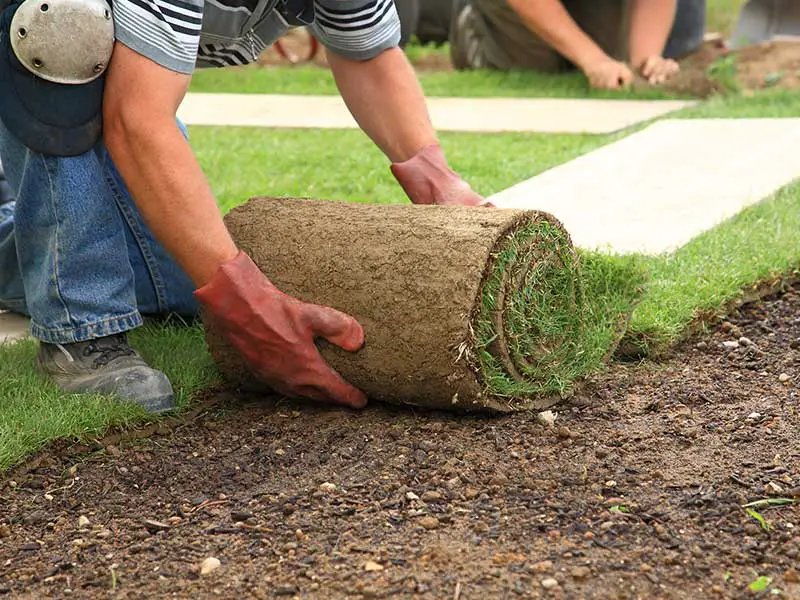
Before laying down the rolls of sod, water the soil; this will reduce stress and create an optimal environment for the grass to thrive.
First, you’ll want to start laying the sod on the edges of your lawn. The reason being, the grass on the edges tends to dry out the quickest. In addition, it’ll ensure that you use sod strips with full width, making it less likely to dry out.
So, start by unrolling the first two rolls of sod on the outer edges of the lawn. Then work your way toward the center area of your yard. Finally, you may want to trim the strips using a sharp knife to fit into the last middle pieces.
Ensure that your place the strips of sod by laying the pieces end to end and firmly press the ends together, but prevent overlapping.
In addition, for the sod strips in the adjacent row, ensure that you stagger the seams so that they don’t line up with one another. The resulting pattern should be similar to overlapping bricks when building a brick wall; this will ensure that you do not create a faulty line running through your grass.
If a piece of sod appears to sit too low, apply an extra helping of topsoil beneath it to attain a leveled lawn.
Once you’re done laying the sod, use a roller to press the sod firmly into the soil to ensure good soil contact and remove air pockets. Appropriate soil contact ensures proper and speedy root growth.
Water the sod every day to ensure consistently moist soil for the grass to establish and grow. However, beware of overwatering; peel the corner of the sod strip to feel the exposed soil; it needs to be damp but not muddy. In addition, prevent foot trafficking and mowing for the first two weeks to ensure proper establishment.
Mowing The Sod
Your new sod lawn will be ready for mowing about 14 days after installation. At this point, you’ll unfortunately still be able to see the sod lines. However, the root systems are establishing themselves in the soil, and new growth is taking place.
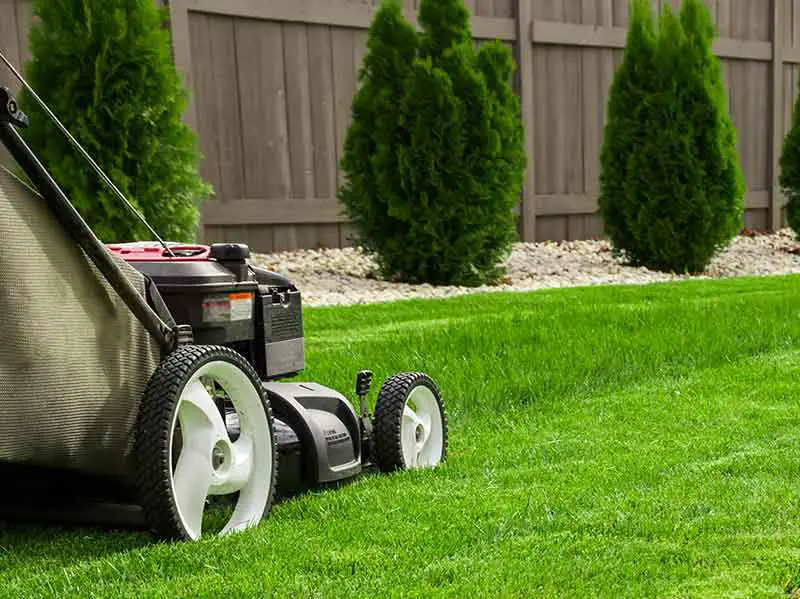
Wait for the grass blades to reach a height of six to seven inches tall before mowing the lawn.
Before mowing the sod, try to pull up one of the corners; if the piece holds firmly, then you can go ahead and trim your green carpet. However, if the sod pulls up easily, do not mow the lawn as the roots need further establishment.
When mowing the new lawn, never mow off more than ⅓ of the grass’s blade height. Ensure you use a sharp mower blade to cut the grass rather than tear it.
See our article When to Mow New Sod for full guidance on how to mow your new sod lawn for the first time after installation.
Why Aren’t My Sod Lines Disappearing?
The reason why your sod lines aren’t disappearing within four to six weeks is most likely a consequence of underwatering.
Sod pieces are like sponges; they soak up copious amounts of water and, unfortunately, shrink when they get dry, exposing more lines.
You can patiently water the lawn and wait for the minor lines to disappear gradually. However, more significant gaps may need the helping of soil and grass seeds to fill the bare spaces.
Lastly, if the new lawn appears to be more yellow, consider increasing the frequency of your watering schedule or apply a second layer of general fertilizer.
Newly laid sod has very specific watering requirements – refer to our guide How Often to Water New Sod for instructions on how to water new sod over the first 30 days beyond installation.
Conclusion
Sod rolls are quick and effective; it allows you to achieve a beautiful green rug without the long wait of seeds to grow.
However, your sod will form lines as you apply the rolls or pieces next to one another. Fortunately, by preparing your ground before laying the sod and frequent watering the new lawn, the sod lines should generally disappear within four to six weeks.

